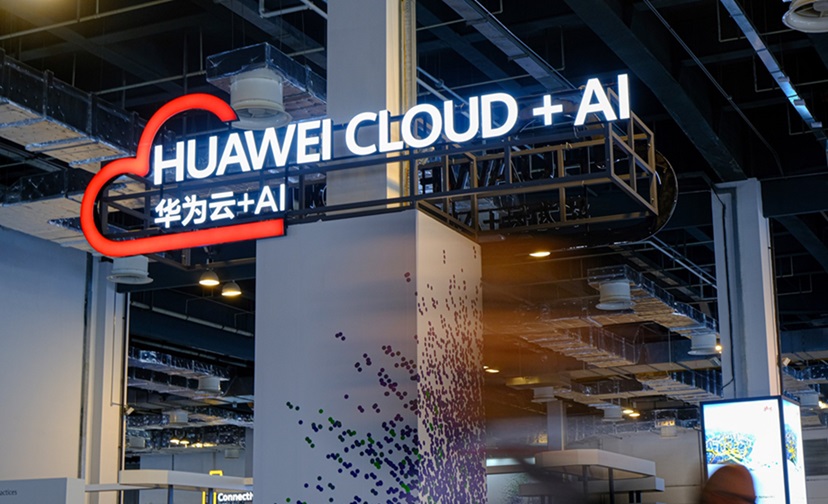In a world where technological ambitions often clash with geopolitical boundaries, Huawei Technologies’ cloud computing unit is playing a high-stakes game. Despite the suffocating grip of US-led sanctions, the company’s vision for its artificial intelligence (AI) products in the Asia-Pacific region is nothing short of grandiose.
With a 20-fold explosion in service growth over the past four years, Huawei is staking its claim on the future of AI in a market brimming with untapped potential. “For the next step in the region, we will continue to provide comprehensive AI solutions,” declared Jacqueline Shi, president of global marketing and services at Huawei Cloud, in a confident media briefing held in Bangkok.
But Huawei isn’t just talking the talk. The tech giant is rolling out a suite of cutting-edge tools designed to dazzle and dominate. From the Ascend Cloud Service and the ModelArts AI development platform to its homegrown large language model (LLM) dubbed Pangu, Huawei’s ambitions are clear. The Pangu LLM, the bedrock of generative AI services akin to ChatGPT, is already being woven into the fabric of various industries. In Thailand, for instance, weather forecasters are harnessing Pangu’s power, while financial institutions look to it for efficiency gains and cost reductions.
Huawei’s aggressive AI push in Asia-Pacific is more than a bid for market share—it’s a calculated maneuver to diversify revenue streams and court overseas clients amidst the escalating demand for generative AI across traditional industries. Yet, the shadow of the US government’s blacklist looms large over the Shenzhen-based firm.
But Asia-Pacific isn’t just another market for Huawei—it’s a proving ground. This region has been the launchpad for some of the company’s most innovative cloud products, including its “serverless database” solution, which saw the light of day here before making its global debut.
Huawei’s global reach isn’t just limited to Asia. The company’s relentless expansion saw it opening Egypt’s first public cloud service in Cairo this May, along with launching an Arabic-language LLM. Last September, Huawei planted its flag in Riyadh with a new data center to service clients across the Middle East, North Africa, and Central Asia. Back home, Huawei is already the second-largest cloud services provider in mainland China, trailing only Alibaba’s cloud unit.
Amidst a year of turbulence, cloud computing has emerged as one of Huawei’s strongest growth drivers. The company’s latest annual report reveals a 21.9% surge in cloud business revenue, raking in 55.29 billion yuan (US$7.6 billion).
Huawei’s AI ascent is underpinned by its homegrown technologies, built to sidestep the US sanctions that have tried to throttle its progress. The Ascend AI platform, powered by Huawei’s self-developed processors, serves as a testament to the company’s resilience and ingenuity. Where US sanctions have restricted access to Nvidia’s advanced graphics processing units, Huawei’s Ascend AI chips have risen to the occasion, filling the void in mainland China.
In this relentless drive for innovation, Huawei is not just seeking to survive—it’s aiming to redefine the future of AI in the Asia-Pacific region and beyond. As the company battles against global pressures, its ambitions are clear: to carve out a dominant position in the AI landscape, no matter the obstacles in its path.
(Source: SCMP)









